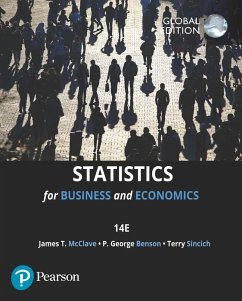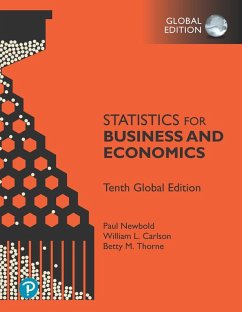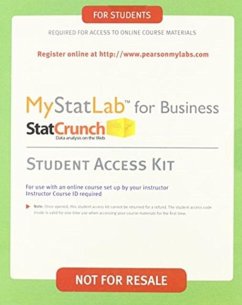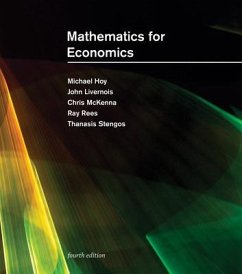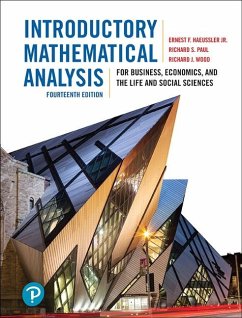Nicht lieferbar
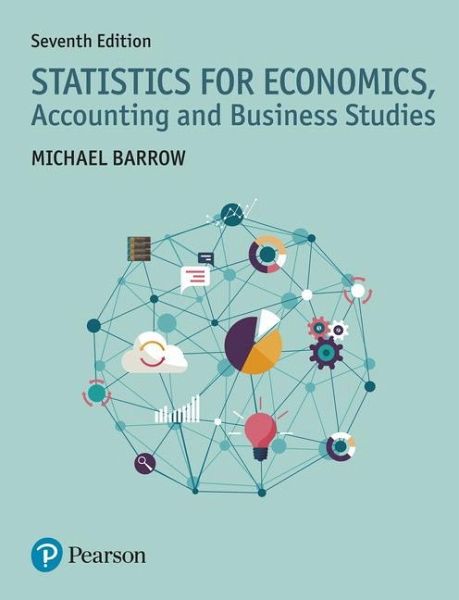
Statistics for Economics, Accounting and Business Studies
Versandkostenfrei!
Nicht lieferbar
Guide your students through the fundamentals of Statistics and help them build up their skills for excellence. Statistics for Economics, Accounting, and Business Studies is an accessible introduction to the subject, featuring a plethora of features and recent examples that will offer your students the resources they need to excel in their course.





